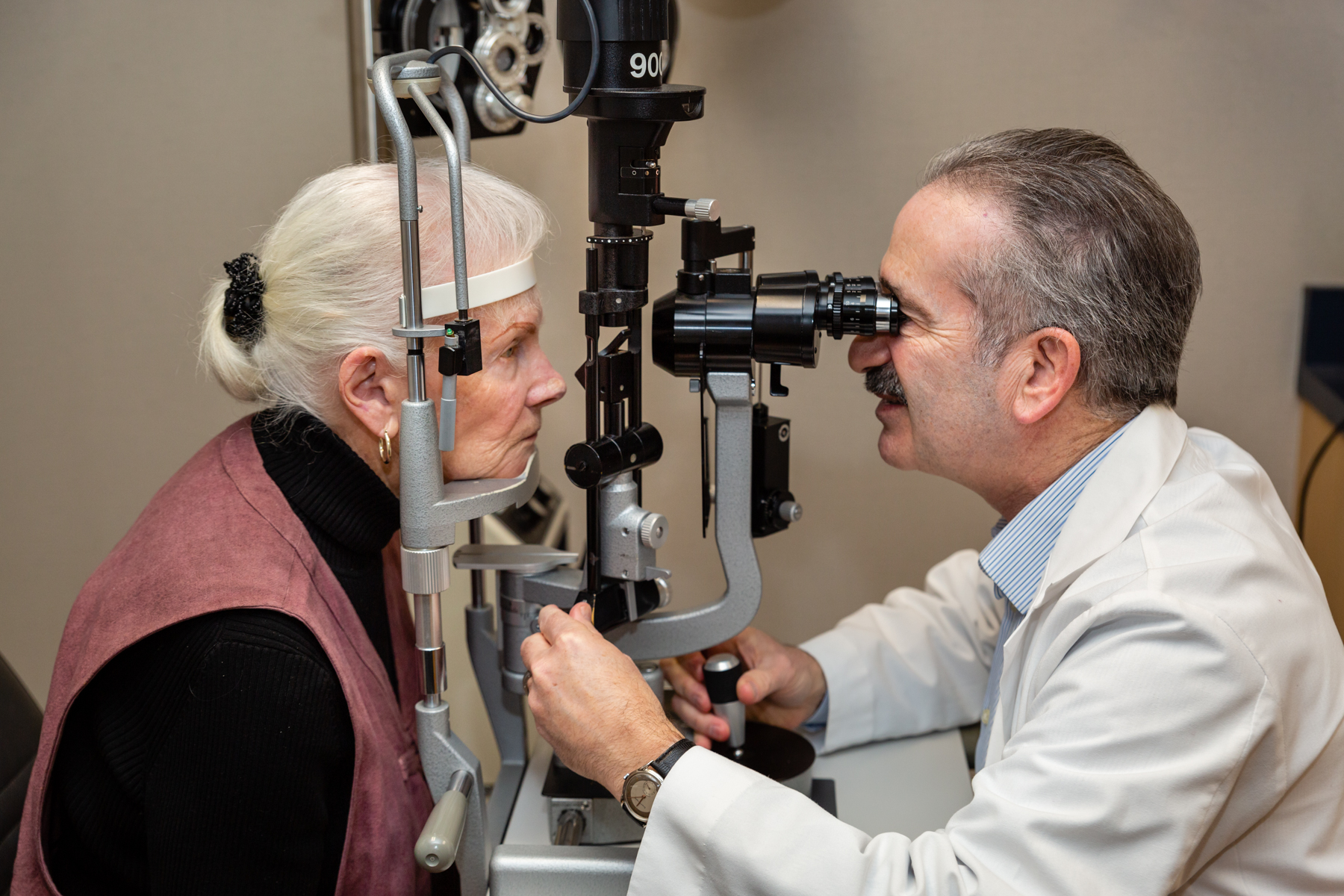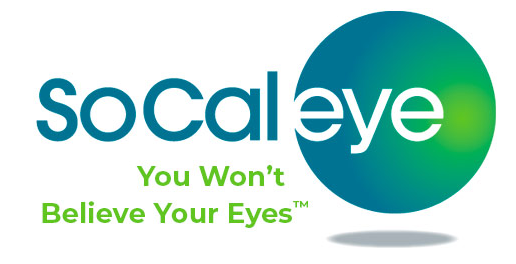SoCal Eye – Uveitis Specialists in Long Beach

What is Uveitis?
Uveitis is inflammation of a part of the eye called the “uvea.” The uvea (pronounced “YOU-Vay-Uh”) is a layer of the eye made up of three parts: the iris, the ciliary body, and the choroid. The most common site of uveitis is the iris, the colored part of the front of the eye. When the inflammation occurs here, it is called iritis.
Uveitis Treatment:
While most forms of uveitis can be treated with drops or oral medication, some require more intensive therapy. As uveitis can be associated with other diseases, your doctor may recommend further medical evaluation if uveitis is diagnosed.
SoCal Eye Consultation:
All treatment begins with a Consultation with a SoCal Eye Uveitis Specialist in Long Beach . Schedule an Appointment today at LAKEWOOD (562) 531-2020 | LOS ALAMITOS (562) 598-7728 or send us an Online Consultation Request



